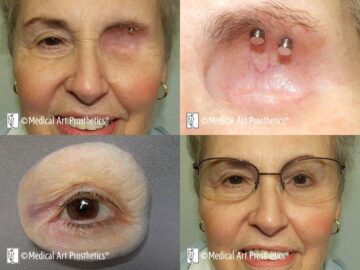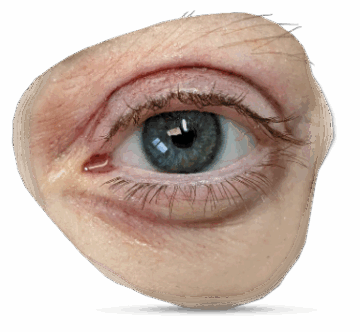Our Orbital Prosthesis Process
The approach of Medical Art Prosthetics toward the creation of your prosthetic eye and orbital prosthesis benefits from our:
- medical and anatomical science knowledge
- demonstrated visual acuity and artistic skill sets
- prosthetic training and experience specifically in ocular and orbital prostheses
- collaborative team approach
Our process for you is caring and deliberate. We create your treatment plan that follows the most current Standards of Care and Evidence Based Practice. With your approval we will also gladly and proactively communicate with any of your professionals that might include:
- previous or preferred ocularist
- ophthalmologist
- oculoplastic surgeon
- optician
- maxillofacial prosthodontist
Orbital prosthetics is like any other prosthetics specialty that requires knowledge of many different materials and a well honed skill set in manipulating the materials and tools to bring about optimal results. Your orbital prosthesis is designed and fabricated especially for your needs.
We can design your prosthesis to be secured with adhesives, by an intimate anatomical fit, by magnetic implants or even attached to your glasses. We will discuss and decide along with you which will be the best orbital prosthesis method for you.
The eye prosthetics process
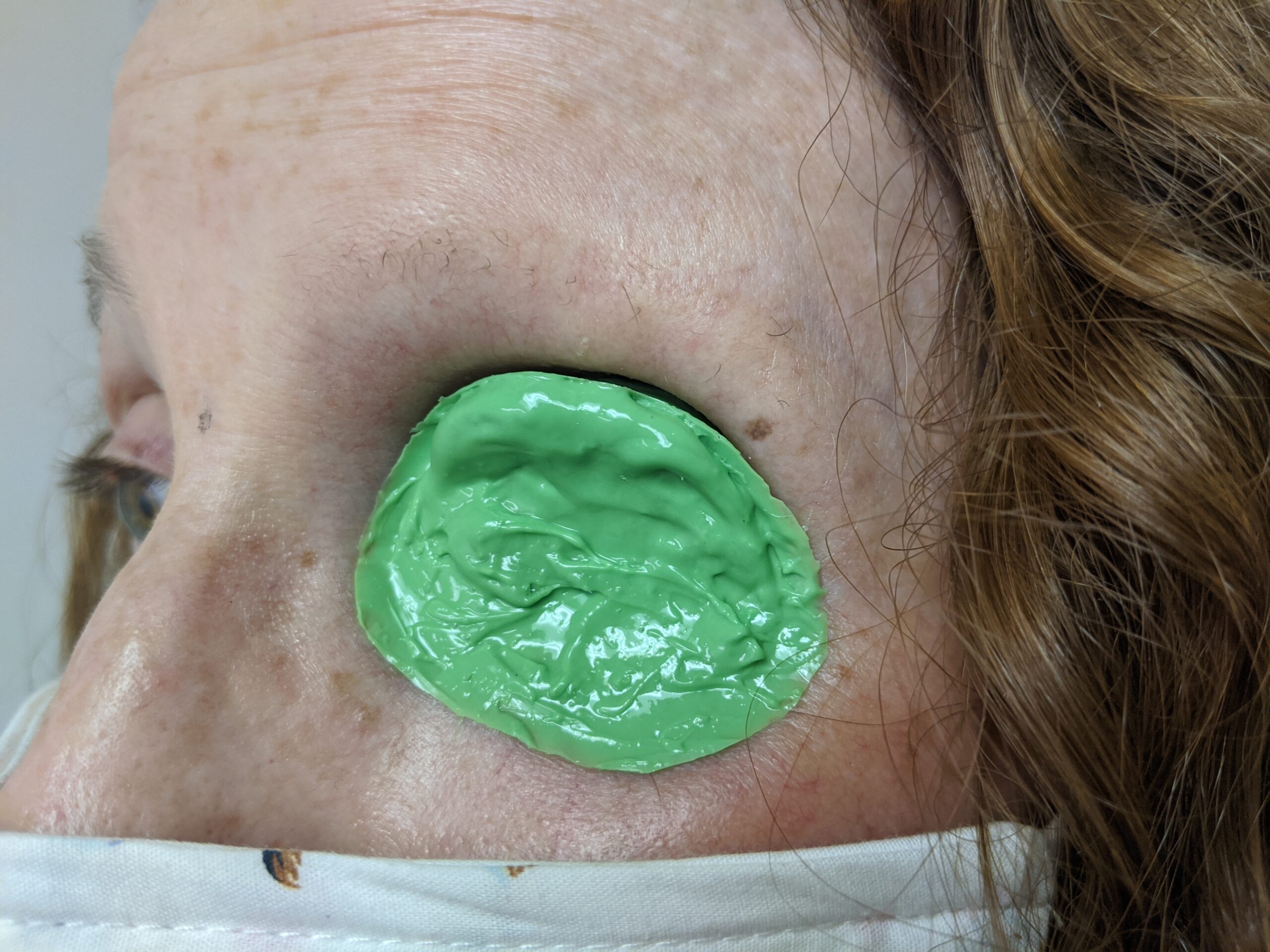
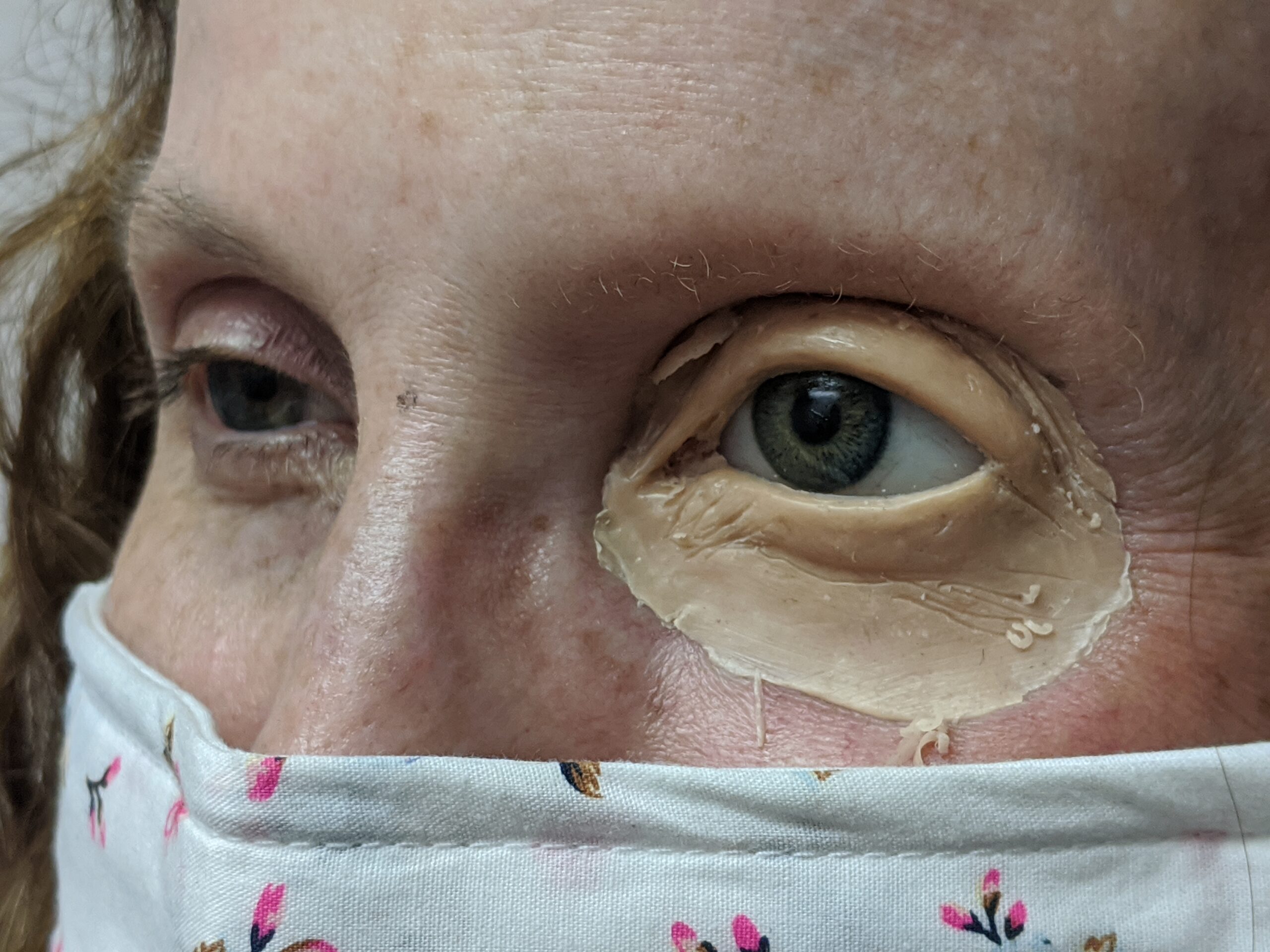
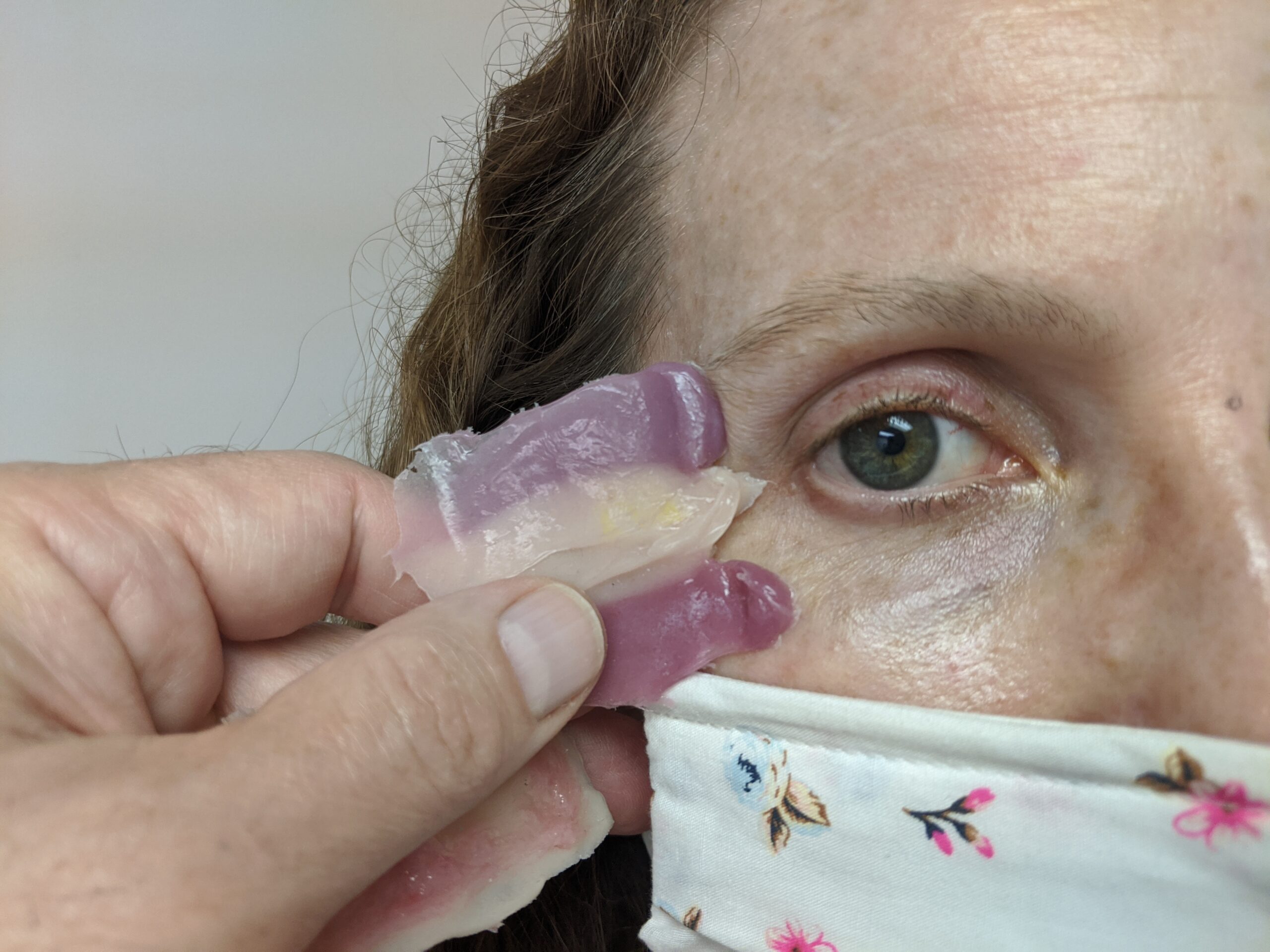
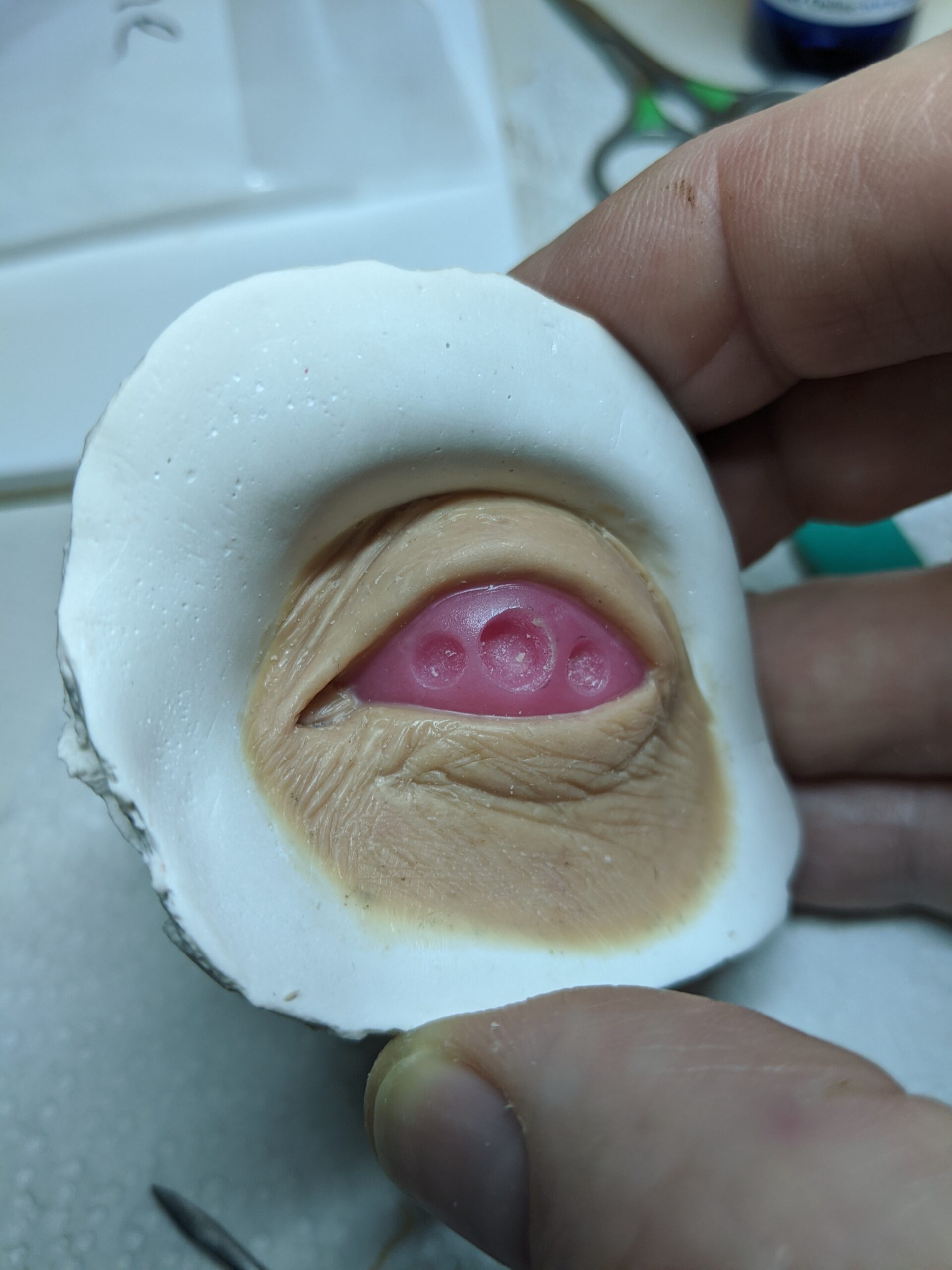
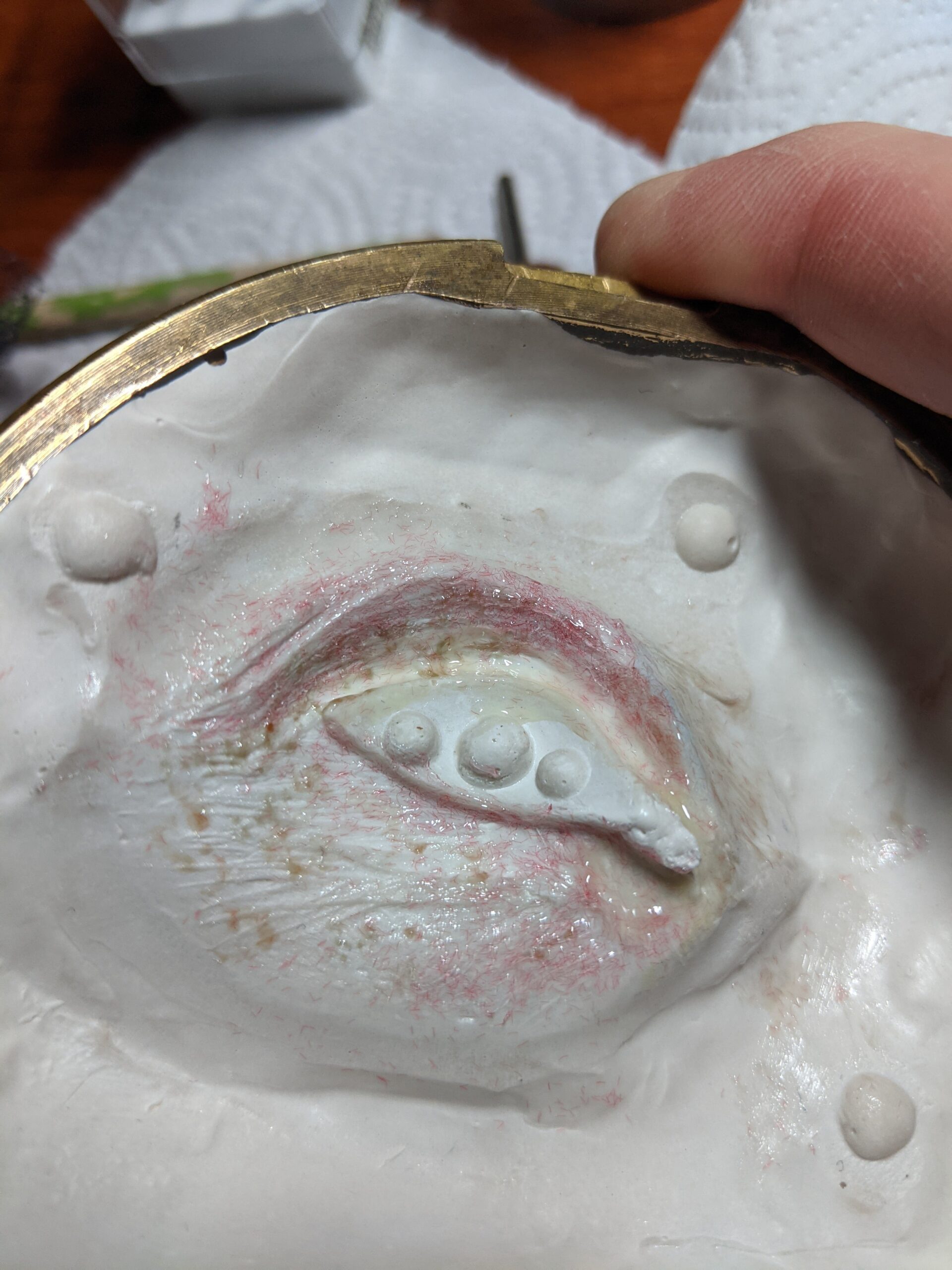
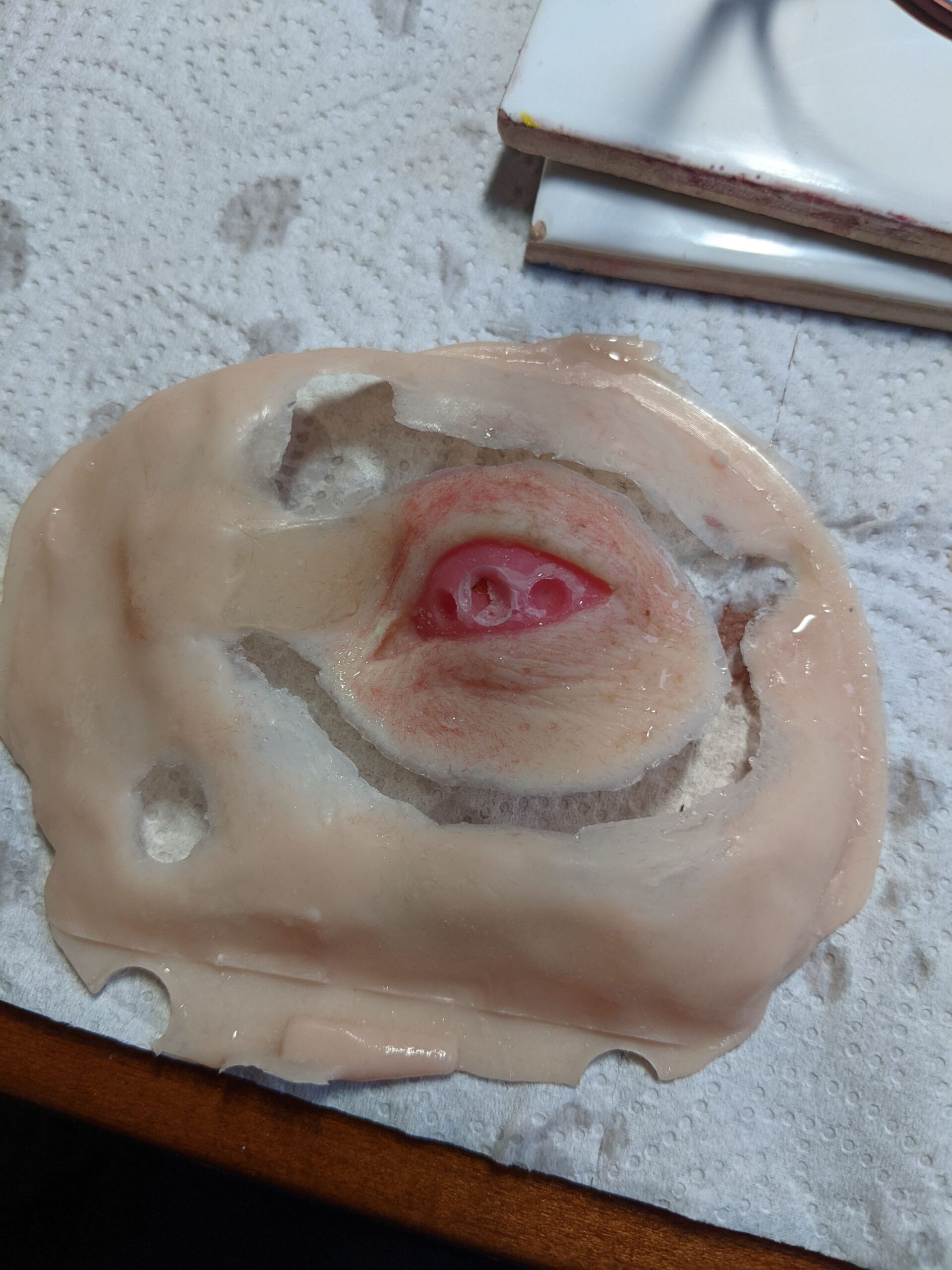
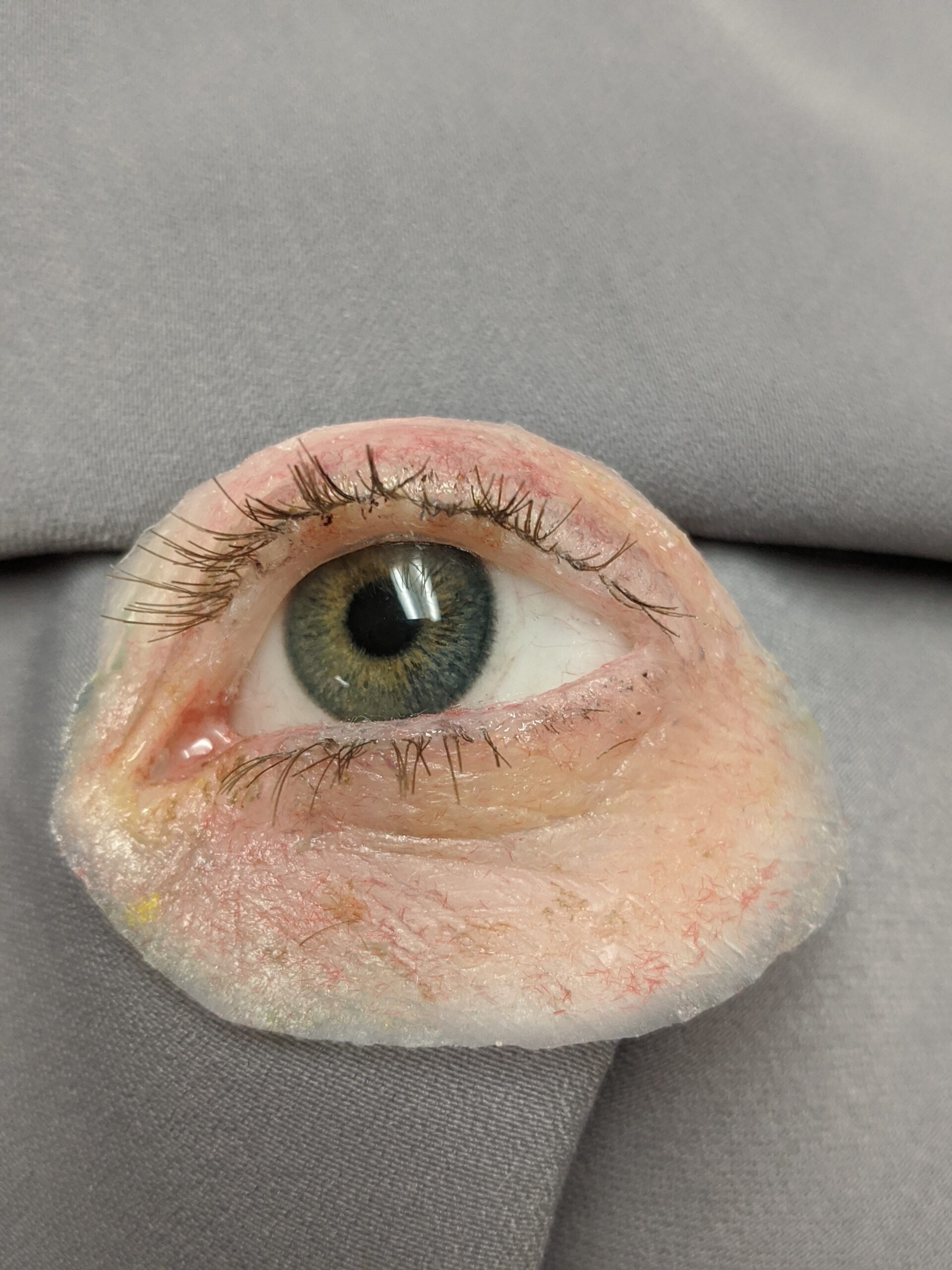
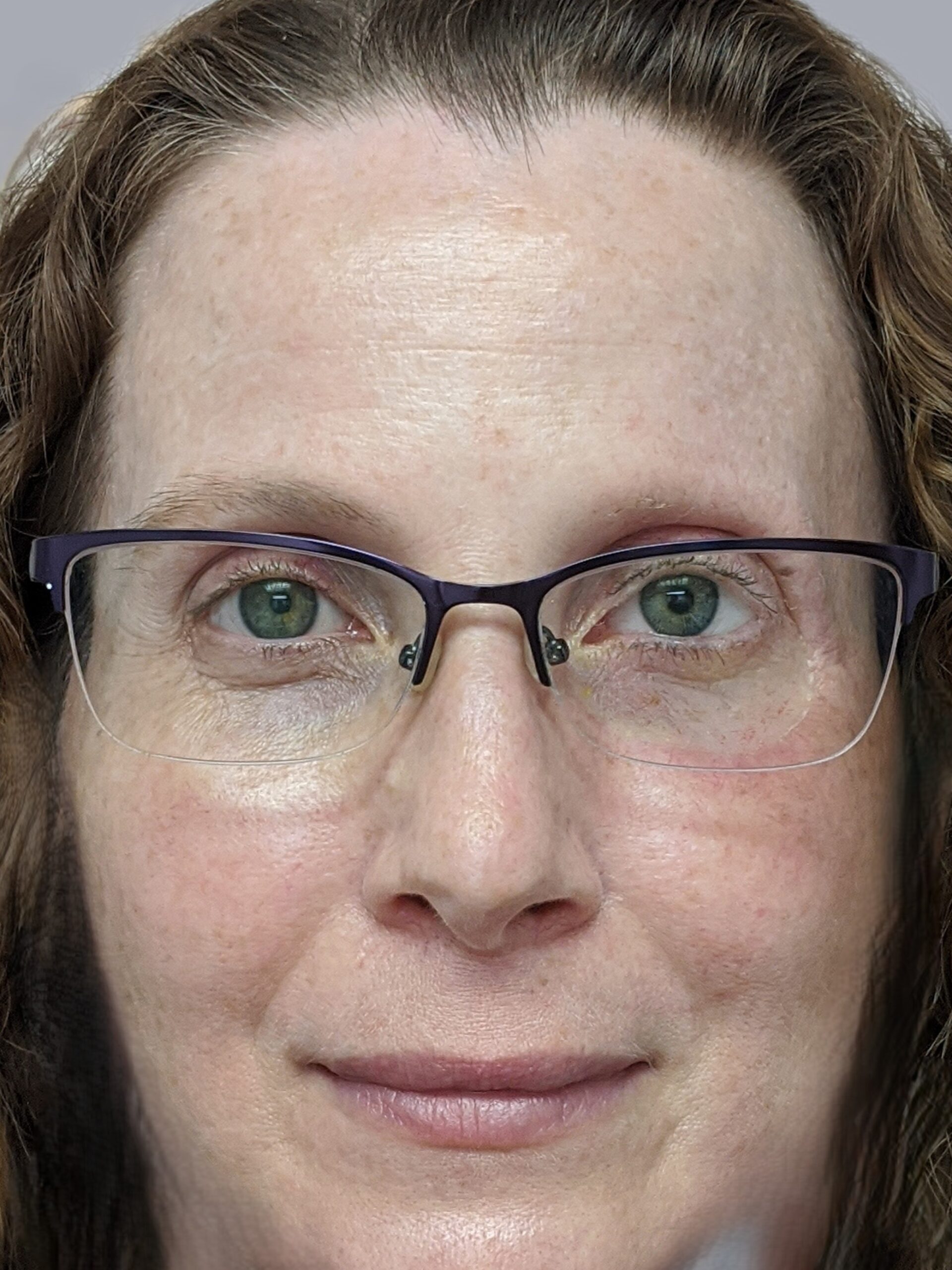
When you work with a MAP anaplastologist on your new orbital prosthesis, you should also know that you can access a network of fellow MAP anaplastologists across the USA in case you relocate.
Each MAP anaplastologist is an independent autonomous practitioner. However, we are professionals and we want to act as a team for you when helpful.
Implant-retained orbital prostheses have been created by anaplastologists of Medical Art Prosthetics since 1985. We created some of the very first implant-retained magnetic eye and orbital prostheses in the United States. The osseointegration process is carried out in conjunction with various surgeons such:
- oral and maxillofacial surgeons
- craniofacial surgeons
- head and neck surgeons
- oculoplastic surgeons
- plastic and reconstructive surgeons
Medical Art Prosthetics has worked with many surgeons across the country to plan the surgical procedure for the precise placement of the fixtures (see our partner surgeons list). Hundreds of the craniofacial fixtures have been placed for patients of Medical Art Prosthetics, including some advanced versions of Cochlear Americas Vistafix 3 System. Medical Art Prosthetics is now providing facial prosthetics attached to the latest Southern Implant systems.
We spend time with each of our clients to go over how their prosthesis is positioned, removed, cleaned and cared for. Complete care and hygiene instructions for the orbital or larger upper facial prosthesis are also provided as a complete package.
